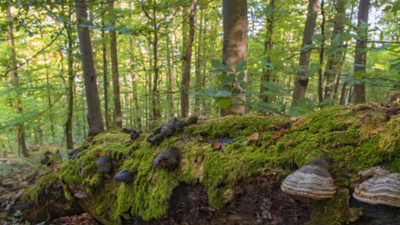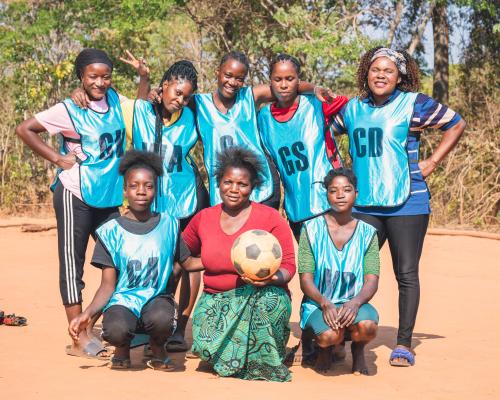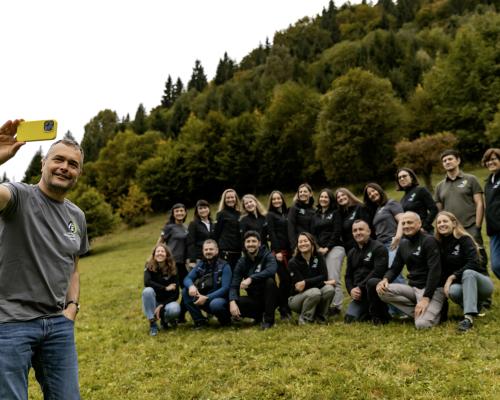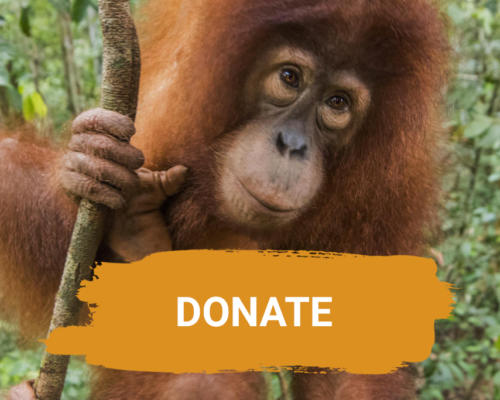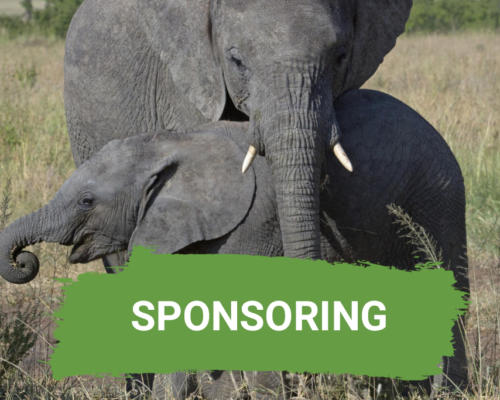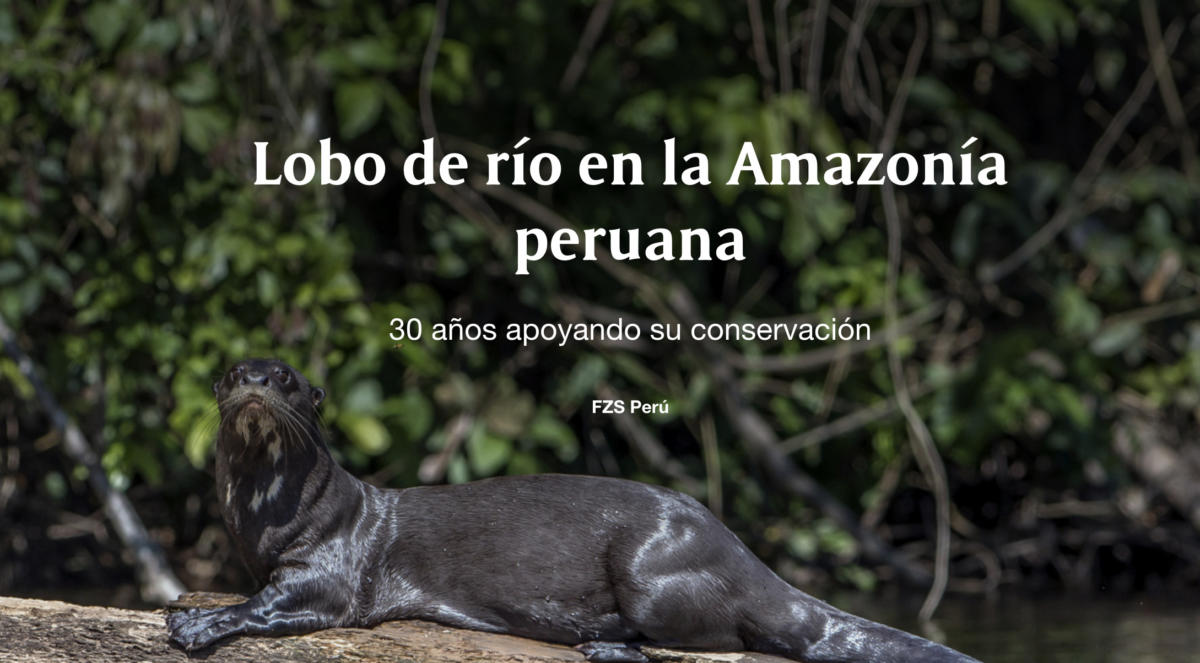The largest mustelid species in the world is in trouble. Activities such as mining are destroying their habitat. How safe are they within protected areas? Only monitoring can give us a good answer.
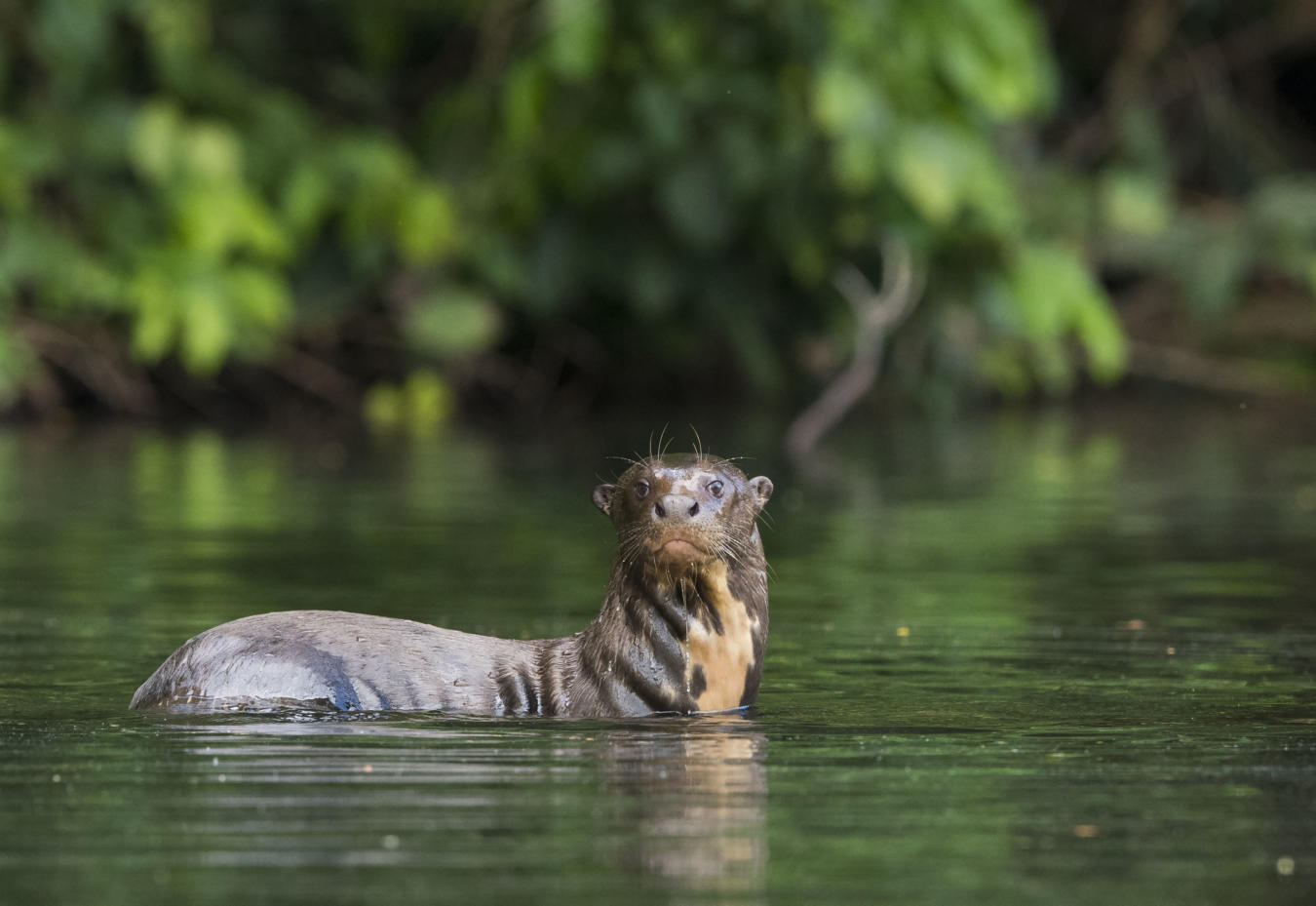
The plight of the Giant Otter
There are 13 species of otters in the world with the South American Giant Otter (Pteronura brasiliensis) being the largest at 1.5 to 1.8 meters long and weighing up to 32 kg. They are found in water bodies such as large rivers, oxbow lakes, and swamps, between northern Venezuela to the southern limit of Argentina.
Although they are spread over a large area, their habitat is being destroyed by threats such as gold mining, and deforestation. The result is an overall decrease in otter numbers.
Over 30 years ago, Christof Schenck, current FZS Executive Director, and his wife Elke Staib, traveled to Manu National Park in Peru to study Giant Otters. Their research led to an increase in awareness and protection for the species.
Now, on an annual basis, the FZS Peru team visits lakes, streams, oxbow lakes, and rivers with the aim to count Giant Otters. This census takes place during the dry season from May to November in the Manu, Tambopata-Bahuaja Sonene, Yaguas, and Purús landscapes which includes national parks and areas that are not protected. The landscapes cover an area of around 8 million hectares in size.
To identify an otter and make sure that they haven’t counted the same one twice, they look for its gular or throat patch because this marking is unique to each individual. This process takes several hours per site, as it includes not just finding the otters but also identifying them and photographing each one. During the process, they have received help from park rangers during the surveying process, interest from local indigenous communities, and support from partner organizations.
FZS Peru has been conducting Giant Otter monitoring for over 30 years. The data has given the team a great deal of insight into how the species is faring both within and outside of protected areas. They found, that during that time giant otter populations varied, with a slightly decreasing general trend in the number of otters, with the main reason being pressures on their habitats such as gold mining and deforestation. However, the story is different within protected areas where threats to otters are minimal. Here otter numbers are relatively stable and even recovering slowly.
You are currently viewing a placeholder content from Default. To access the actual content, click the button below. Please note that doing so will share data with third-party providers.
More InformationEach FZS Peru landscape contains protected areas such as national parks, buffer zones and unprotected areas. Giant Otter monitoring takes places within water bodies in each of these zones. Based on findings from 2010, the general trend is that there are more Giant Otters within protected areas than outside of them. Additional data can be found on the FZS Peru Giant Otter story map (in Spanish).
The 2021 survey in the four landscapes resulted in the spotting of 115 individuals of which 96 were adults, 16 juveniles, and three were cubs. Heavy rains made surveying difficult, which might account for the lower than average numbers.
Knowing these numbers benefits conservation activities and demonstrates how necessary it is to protect more areas.
You are currently viewing a placeholder content from Default. To access the actual content, click the button below. Please note that doing so will share data with third-party providers.
More InformationThe FZS Peru team has spent many years monitoring lakes and rivers within FZS’s four landscapes. Here a selection of data shows the number of Giant Otters within each surveyed landscape. More data is available on the FZS Peru Giant Otter story map. Please note that monitoring in the Yaguas landscape began in 2018 and could not take place in 2020 due to the pandemic.
Alongside monitoring, the FZS Peru team has also engaged with local communities.
They have developed environmental education material for children and adults, such as coloring books, posters, guides, as well as workshops, volunteer opportunities, and festivals. Most notable of which is the annual Giant Otter festival, which celebrates the species and runs over the course of several days. Through entertaining activities such as art competitions, field visits, games, and presentations, awareness about giant otters is brought to people of all ages including local governments, and other conservation organizations.
One day, my team and I were about to embark on our inflatable boat to monitor the Cashu oxbow lake, a body of water famous for being located in one of the most important biological stations in the world.
As always, we started our trip by checking the banks of this lake for any sign of Giant Otters. After arriving almost halfway across the lake, we heard them emit sounds from the other end of the lake. We started to paddle faster to get there quickly. When we managed to see them, we hid behind some bushes and tried to count how many of them there were.
The otters were approaching us without noticing our presence because they were quite busy playing and fishing. Suddenly they were surprised by a huge caiman! It was a female caiman who was enraged by the presence of the otters and went to confront the family group to protect her young. The otters did not expect such an invasion, let alone us. The otters immediately took their two cubs to safety, placing them on top of a fallen log.
The older otters went to confront the furious caiman. Mama caiman had the audacity to climb on top of the log to confront the cubs, showing her enormous size. She seemed to be standing upright because her hind legs were submerged and her front legs were on top of the log. Then she realized that the otters were getting organized for combat (this species is pretty good at this) so the mama caiman decided to leave quickly and hide with her young. Our astonishment at the whole event was so great that we didn’t even realize that the mother caiman and her cubs were very close to us, so the next ones to flee quickly were us.


